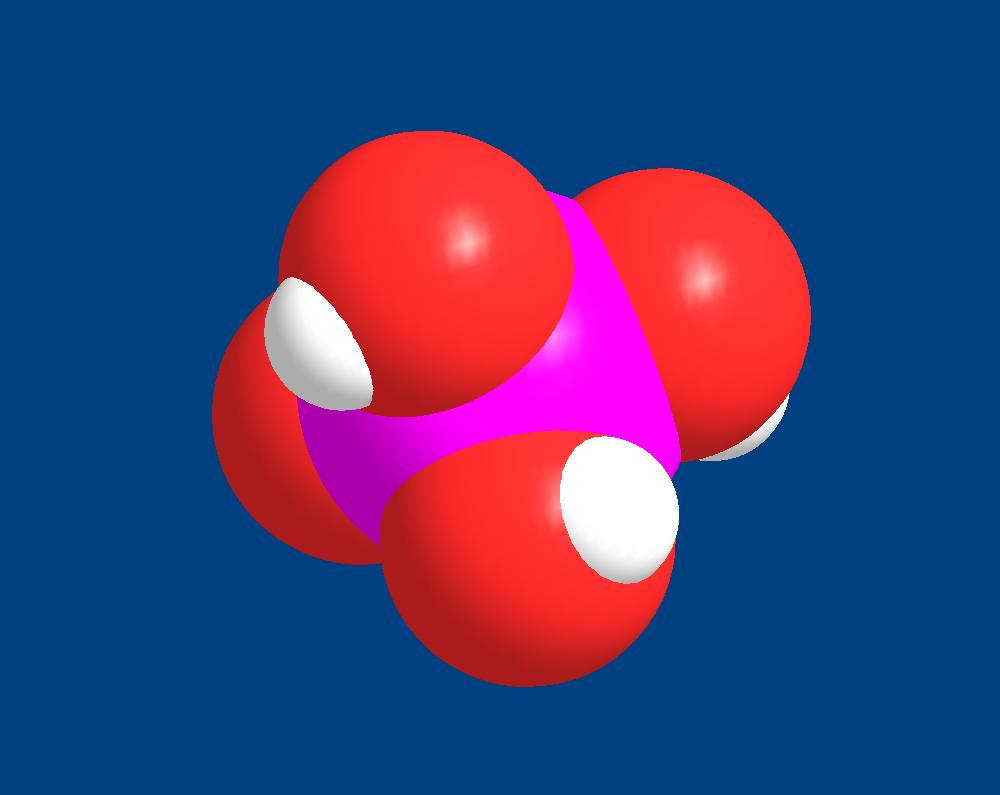I have these thick 1 micron socks and I can’t flip them inside out.
I wash all my socks in the washing machine and I use bleach. Do you think this will be fine in removing the percipients?


I wash all my socks in the washing machine and I use bleach. Do you think this will be fine in removing the percipients?




















